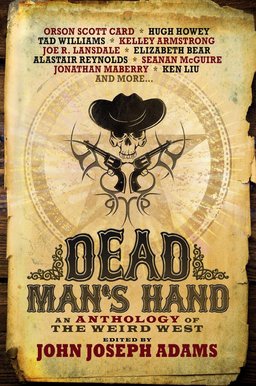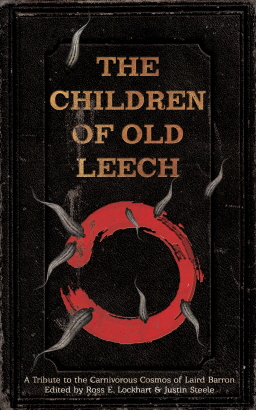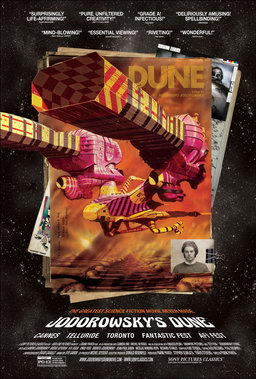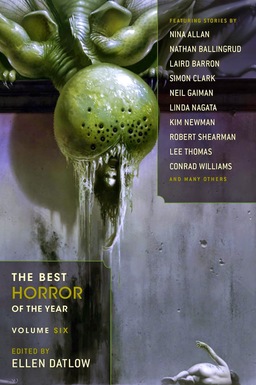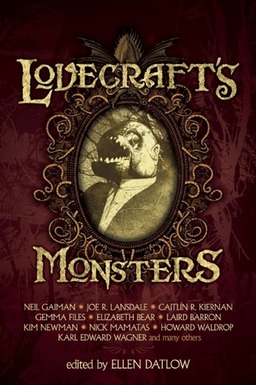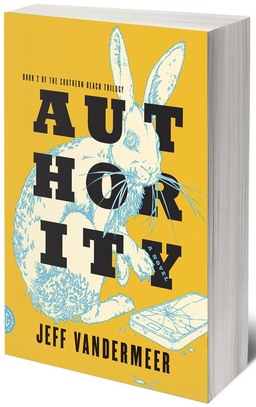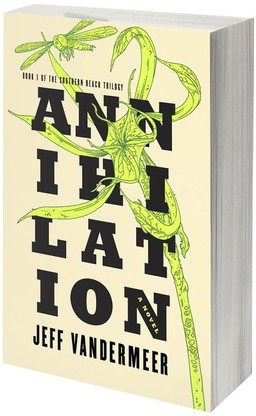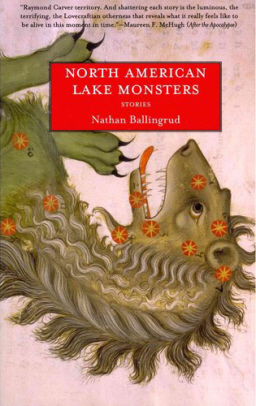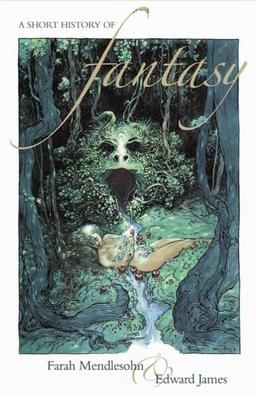Horror of the Highest Kind: A Review of The Weird
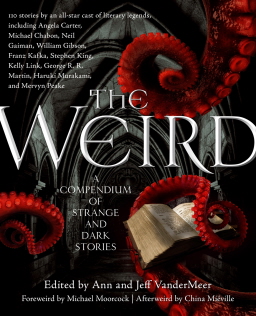 I’ve just finished the largest book I’ve ever read: The Weird: A Compendium of Strange and Dark Stories, edited by Ann and Jeff VanderMeer.
I’ve just finished the largest book I’ve ever read: The Weird: A Compendium of Strange and Dark Stories, edited by Ann and Jeff VanderMeer.
This massive tome comes in at a whopping 1126 double-columned pages. The weight, length, and scope of this massive paperback give you the sense that you’re reading some old Bible! This being the case, I think The Weird should probably be referenced in the coming years as the Bible of twentieth (and early twenty first) century weird stories.
But what exactly is the weird? What sort of stories fit in this genre? As the foreweird contributor Michael Moorcock and the afterweird contributor China Miéville seem to agree, it’s a bit hard to categorize. Surprise, surprise.
For myself, I’ve often associated the genre term “weird” with a certain kind of horror, a horror of the highest kind that leaves you with a feeling of unease. (This is actually fairly close to what Moorcock and Miéville both seem to gesture at.)
The VanderMeers’ anthology seeks to make a case that the weird is more than just one slice of horror: it covers a vast array of examples, from the typical horror and ghost stories all the way to the absurd and dark fantasy. Thus the spread of stories within The Weird are quite sundry.
